
Play+ | The Primal Elements of Play

The Primal Elements in Play+ serve as the fundamental building blocks that shape the entire play experience. They are the core ingredients that define what actions are possible, how those actions are understood, and how they are linked to form more complex behaviors and processes. In essence, they’re the grammar or syntax of play, providing the rules and structure that make meaningful, enjoyable interaction possible between you and your dog. They’re essential for turning abstract concepts into real-world actions, paving the way for more complex forms of engagement and learning.
Presence
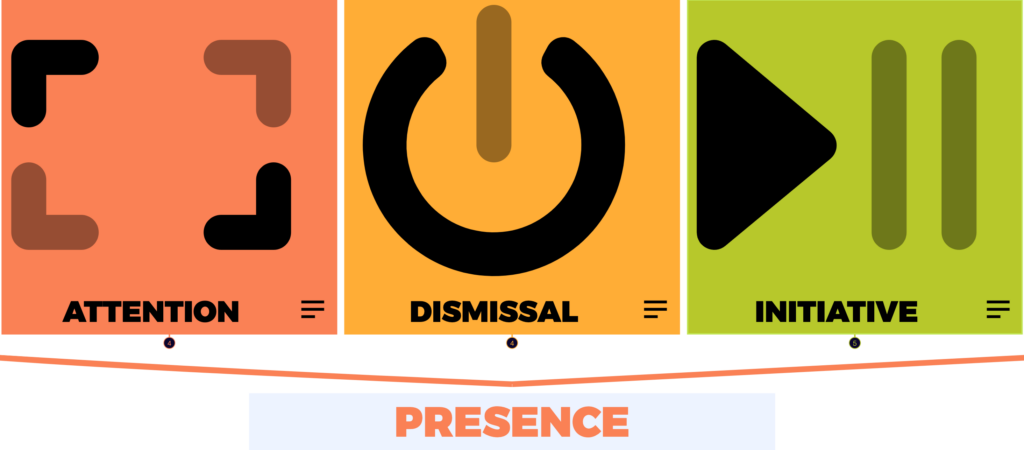
In the context of Play+ and the natural philosophy of play, “Presence” forms the bedrock of the primal elements. It encapsulates the immediate, phenomenological experience of both the dog and the handler in the context of their environment. Here’s how its constituents manifest:
Attention
Attention is the primal currency of engagement in Play+. It is both the starting point and the feedback loop for all actions and reactions. It’s the mechanism by which the dog and handler focus on each other, acknowledge each other’s cues, and make decisions, as well as focus or attend to the task or target at hand. It’s the initial “switch” that activates the play environment, channeling both parties’ energies into the immediate Now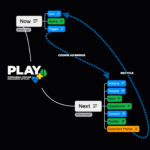 The Now Phase is an integral part of the Play Cycle in the Play+ training philosophy. It embodies the current, immediate interaction between the handler and the dog, anchoring them in the present... More.
The Now Phase is an integral part of the Play Cycle in the Play+ training philosophy. It embodies the current, immediate interaction between the handler and the dog, anchoring them in the present... More.
Dismissal
Dismissal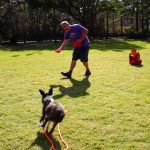 If a dog is dismissed, it means the handler is "off limits". Dismissal does not mean the dog has to leave, just that the handler is not available. Dismissal is a valuable drive... More serves as a counterpoint to attention. It’s the mechanism by which either the dog or the handler can take a step back, disengage, and reset the play environment. This can be a constructive pause, allowing for the readjustment of strategy, aim, or tone. It also serves as a “cooling” mechanism, providing a buffer against overstimulation and allowing the re-calibration of the play dynamics. Dismissal, intersubjectively speaking, is one agent being off-limits or not available at this time.
If a dog is dismissed, it means the handler is "off limits". Dismissal does not mean the dog has to leave, just that the handler is not available. Dismissal is a valuable drive... More serves as a counterpoint to attention. It’s the mechanism by which either the dog or the handler can take a step back, disengage, and reset the play environment. This can be a constructive pause, allowing for the readjustment of strategy, aim, or tone. It also serves as a “cooling” mechanism, providing a buffer against overstimulation and allowing the re-calibration of the play dynamics. Dismissal, intersubjectively speaking, is one agent being off-limits or not available at this time.
Initiative
Initiative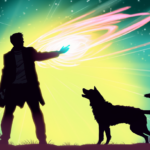 In the context of Play+, initiative encapsulates the process of leading the dynamic interaction during play. Whether it's the Dog or the Handler, the one with the initiative actively guides the direction of... More is the driving force behind the play process. It’s the will to act, to respond to cues, and to engage with the environment and each other. In Play+, initiative flows dynamically between the dog and the handler, influenced by cues, triggers, and the consequent flow of actions. It can be a cooperative, thoughtful effort or a tug-of-war of wills, but the balance of initiative defines the pace, tone, and direction of the play experience.
In the context of Play+, initiative encapsulates the process of leading the dynamic interaction during play. Whether it's the Dog or the Handler, the one with the initiative actively guides the direction of... More is the driving force behind the play process. It’s the will to act, to respond to cues, and to engage with the environment and each other. In Play+, initiative flows dynamically between the dog and the handler, influenced by cues, triggers, and the consequent flow of actions. It can be a cooperative, thoughtful effort or a tug-of-war of wills, but the balance of initiative defines the pace, tone, and direction of the play experience.
Space
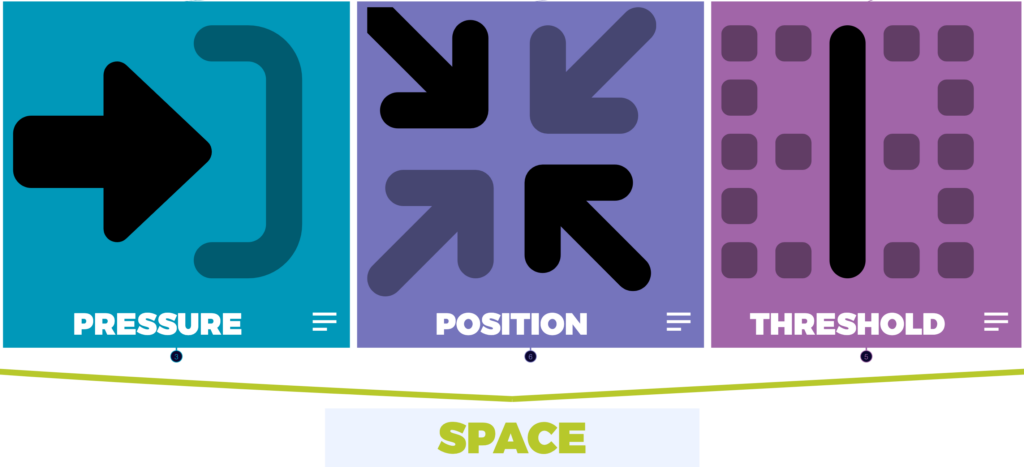
Space serves as the operational arena where the dog and the handler interact, offering a complex interplay of physical and psychological dimensions. The primal elements under Space help to define this arena in more specific terms:
Pressure
Pressure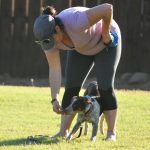 Pressure comes in many forms in dog training. Positional Pressure, Performance Pressure, Environmental Pressure, the Plane of the handler’s body. Pressure is a fact. How you wield it or leverage it is up... More in Play+ can be understood as the invisible force that guides movement and decision-making. It’s the push and pull between the dog and the handler, and even the environment, that influences direction, speed, and actions. Pressure can be applied through cues, body language, or even intent, and it serves to move or freeze the players in their tracks, guiding their pathway through the play space.
Pressure comes in many forms in dog training. Positional Pressure, Performance Pressure, Environmental Pressure, the Plane of the handler’s body. Pressure is a fact. How you wield it or leverage it is up... More in Play+ can be understood as the invisible force that guides movement and decision-making. It’s the push and pull between the dog and the handler, and even the environment, that influences direction, speed, and actions. Pressure can be applied through cues, body language, or even intent, and it serves to move or freeze the players in their tracks, guiding their pathway through the play space.
Position
PositionIn the Play+ philosophy, "Position" is the final stage within the "Next" phase of a Cycle of Play. It acts as a pivotal link between the "Next" phase and a new "Now" phase. More defines the specific locations and orientations of the dog and the handler within the play space. It influences what actions are feasible and what are not, setting the stage for the dynamic unfolding of play. In Play+, Position isn’t just a physical coordinate; it’s also a psychological state that affects and is affected by attention, initiative, and affordances. For example, a dog’s position relative to a handler can signify readiness, curiosity, or even apprehension, each leading to different pathways in the flow of play.
Threshold
ThresholdA dog’s working state can be said to be over or under Threshold. A dog that is over Threshold has trouble working. A dog that is under Threshold is in good shape to... More serves as the dividing line between different states or spaces within the play environment. This could be as tangible as the boundary between the play area and the rest area, or as intangible as the line between curiosity and fear. In Play+, crossing a Threshold often signifies a change in state or intent and comes with its own set of affordances and constraints. For example, moving from a “waiting” state to an “action” state would involve crossing a psychological Threshold, replete with a change in attention, pressure, and even the set of available actions.
In essence, the primal elements under “Space” serve as the scaffolding that organizes the environment of Play+. They set the parameters within which the dynamic interplay of actions and reactions unfold, each adding its own layer of complexity and nuance to the interactive experience.
Intent
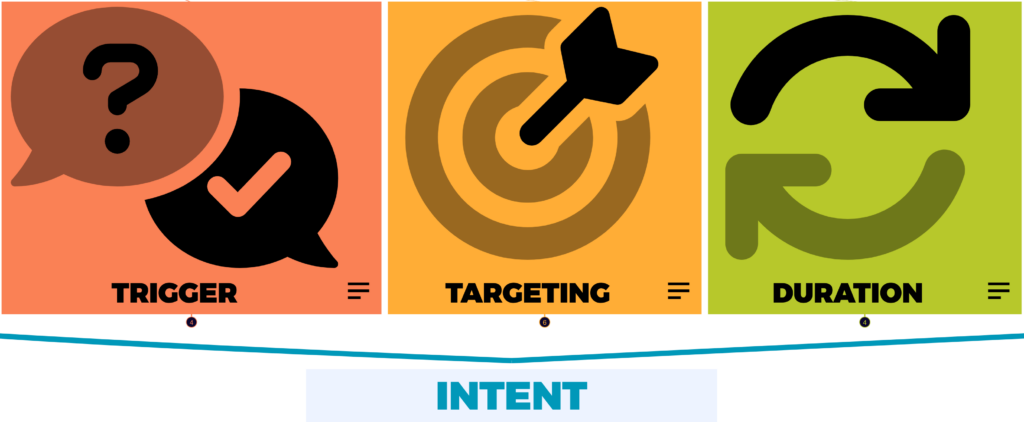
Intent embodies the directed focus and purpose behind the actions and interactions between the dog and the handler. The primal elements under Intent further elucidate the specific channels through which this focus manifests:
Trigger
A Trigger is the spark that catalyzes action. It’s the moment where potential turns into kinetic, where planning turns into execution. The Trigger is a culmination of various elements like attention, position, and pressure, and serves to launch the dog and handler into their next phase of interaction. Whether it’s a vocal cue, a hand signal, or even a change in eye contact Unsolicited eye contact or Attention is a great way to hook up with a dog. If you have something the dog wants he should give eye contact in order to get access to... More, the Trigger is what sets the wheel of actions and reactions in motion.
Unsolicited eye contact or Attention is a great way to hook up with a dog. If you have something the dog wants he should give eye contact in order to get access to... More, the Trigger is what sets the wheel of actions and reactions in motion.
Targeting
At its most primal level, Targeting in Play+ is about the act of selecting and focusing on a particular object or point in space. It could be the dog’s attention drawn to a toy, the handler’s hand signal indicating a specific direction, or even the shared focus of both on a common goal. Targeting serves as the compass that guides actions, helping to define what is relevant and what is not in the ongoing play process. It adds a layer of specificity to the interaction, helping both dog and handler understand the “where” and “what” of their joint endeavor.
Duration
In Play+, Duration refers to the span of time an action or state is maintained. It’s a measure of sustained focus, attention, and action. Duration gives depth to the play experience, extending moments and allowing for more nuanced interactions. Whether it’s holding a pose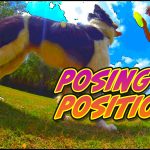 Posing is a communication tool for throwing discs to dogs (or people). A pose is a frozen moment of a throw; a key moment of the backswing perhaps, or a flashy presentation of... More, maintaining eye contact, or keeping a grip on a toy, Duration adds a temporal dimension to the unfolding play, offering opportunities for deeper engagement and learning for both dog and handler.
Posing is a communication tool for throwing discs to dogs (or people). A pose is a frozen moment of a throw; a key moment of the backswing perhaps, or a flashy presentation of... More, maintaining eye contact, or keeping a grip on a toy, Duration adds a temporal dimension to the unfolding play, offering opportunities for deeper engagement and learning for both dog and handler.
Together, these primal elements under “Intent” serve to guide and shape the flow of actions and interactions in Play+. They define what gets initiated (Trigger), what gets focused on (Targeting), and how long it lasts (Duration), each adding a layer of meaning and direction to the play experience.
Affordances
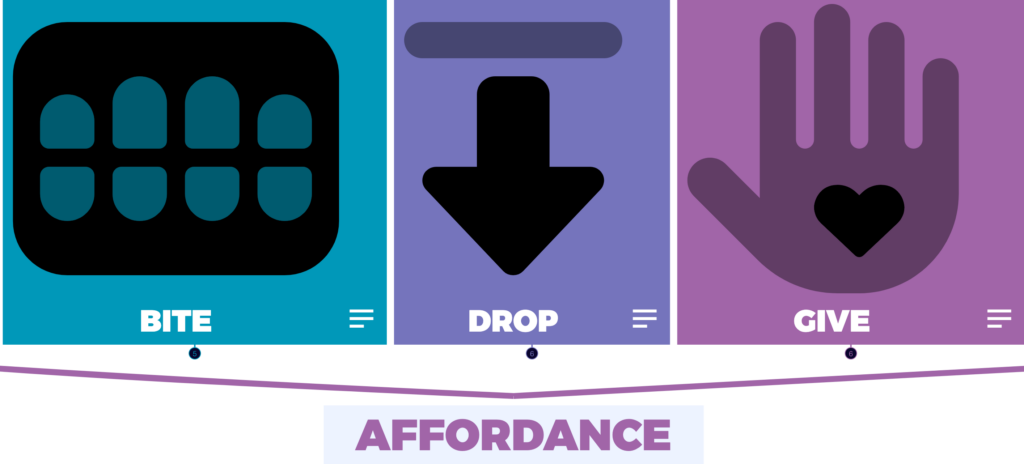
In the Play+ framework, Affordances refer to the potential actions or interactions that are offered by the dog, the handler, or the environment. These are not just possibilities but are integral aspects that shape the flow and outcomes of the play session. Here are the primal elements under the category of Affordances:
Bite (Take)
In Play+, Bite or “Take” refers to the dog’s capacity to grab or take hold of an object, usually a toy. This affordance is crucial in many play interactions, such as fetch or tug-of-war. The act of biting or taking offers the dog an immediate sense of achievement and taps into their natural SEEKING and PLAY systems. For the handler, recognizing and effectively utilizing this affordance allows for a dynamic range of play scenarios, from simple fetch games to more complex multi-object interactions.
Drop (Drop)
The Drop affordance in Play+ signifies the dog’s ability to release an object from its mouth. This is an essential component for smoothly transitioning between different phases of play and for setting up new actions or sequences. Mastering the “Drop” affordance allows for more fluid and complex interactions, providing the dog with satisfying achievements and setting the stage for the “Next” phase in the cycle of engagement.
Give (Pass)
In Play+, the Give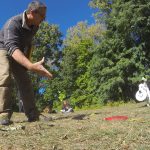 The Give is a retrieve to the hand. A cued Give is a foundational skill that is not super useful in the actual performance of disc dog freestyle, and has huge applications for... More or”Pass” affordance represents the dog’s capacity to hand over an object to the handler. Unlike a simple “Drop,” which might occur anywhere, “Give” typically involves the dog approaching the handler to transfer the object directly. This affordance enriches the interaction by adding a layer of cooperative behavior between the dog and the handler. It allows for greater complexity in play routines and can serve as a bridge to other activities or sequences. For example, a successful “Give” could be followed by a new cue, leading to another round of action and engagement.
The Give is a retrieve to the hand. A cued Give is a foundational skill that is not super useful in the actual performance of disc dog freestyle, and has huge applications for... More or”Pass” affordance represents the dog’s capacity to hand over an object to the handler. Unlike a simple “Drop,” which might occur anywhere, “Give” typically involves the dog approaching the handler to transfer the object directly. This affordance enriches the interaction by adding a layer of cooperative behavior between the dog and the handler. It allows for greater complexity in play routines and can serve as a bridge to other activities or sequences. For example, a successful “Give” could be followed by a new cue, leading to another round of action and engagement.
By understanding and leveraging these primal affordances—Bite, Drop, and Give—the handler can tailor the play session to the dog’s strengths and preferences, facilitating a more rewarding and engaging experience for both. These affordances serve as vital building blocks in the Play+ framework, enabling a variety of games and interactions that contribute to a holistic understanding of play as a dynamic, co-created experience.





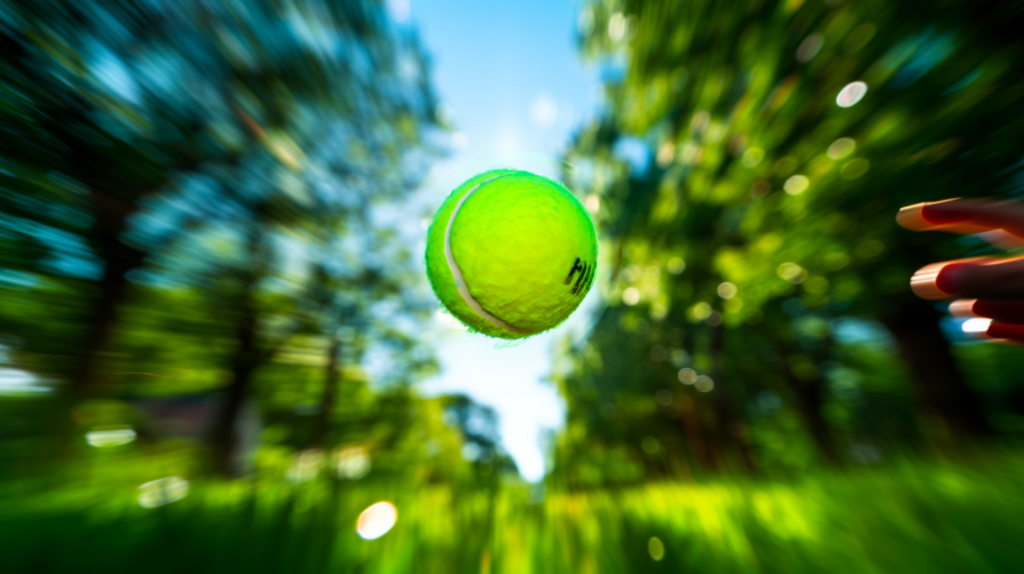
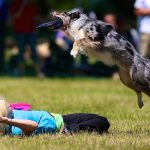
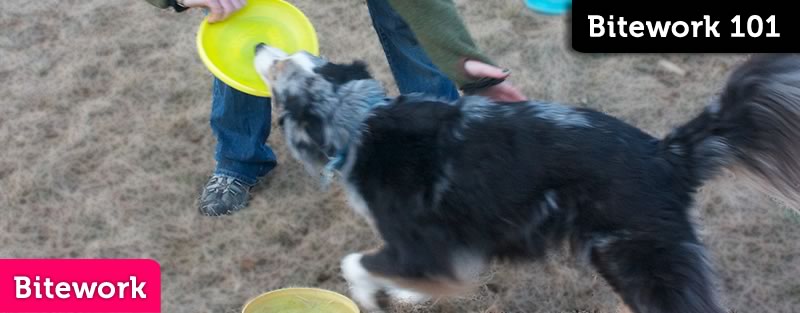


hmmm…